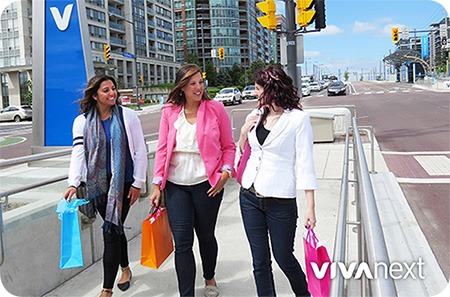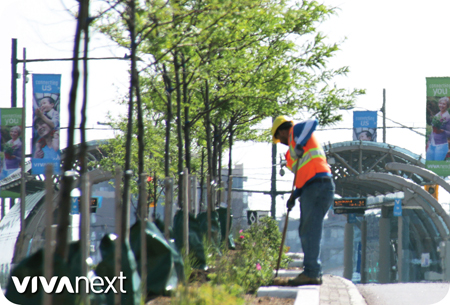The summer months are often a chaotic time of year when it comes to finding fun, convenient activities that the whole family will enjoy. This summer, let us help you plan the perfect outing.
Summers in the towns and cities of York Region provide residents with perfect places to spend time outside. Whether it’s picnics, playgrounds, fishing, or just good old fresh air and sunshine, York Region’s parks are an outdoor oasis.
Newmarket’s Fairy Lake
Fairy Lake is a staple location for Newmarket fairs and festivals throughout the summer months. Located just south of Newmarket’s Historic Main Street, this park serves as an urban greenspace in the heart of the town. Featuring playgrounds, gazebos and easy access to the Farmer’s Market at the Newmarket Riverwalk Commons, there is something for everyone. The new Viva service drops you off right at the top of Main Street for easy access.
Vaughan’s Chancellor District Park
Located in Woodbridge, just off of Ansley Grove Road, Chancellor District Park is a go-to greenspace in the community. Outfitted with an outdoor splash pad as well as a playground, this park is an ideal place to take children of all ages to for a day of outdoor fun. On August 3, 2016, this park is hosting a Michael Jackson tribute concert as part of the City of Vaughan’s Concerts in the Park series. If you see our vivaNext booth at a Concert in the Park, be sure to drop by and chat with us!
Markham’s Milne Dam Conservation Park
Located just off of Highway 7 and Markham Road, coming in at 305 acres, Milne Dam Conservation Park is an idyllic place to hike and bike with your family. Featuring 2.3 kilometers of trails running through the forest, a beach area and picnic tables, Milne Dam Conservation Park is the perfect place to immerse yourself in on a sunny day.
Whether it’s the walk in the park after dinner or a concert in the park across town, there are pockets of nature all around the region for everyone to enjoy. So get out your bikes, your picnic blankets and Frisbees because there’s lots of summer left to enjoy and with convenient and fast Viva service ready to take you were you want to go – it couldn’t be easier! Enjoy!
– Sydney Grant, student Public Relations Coordinator










